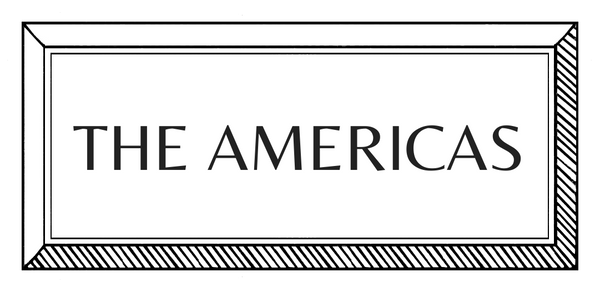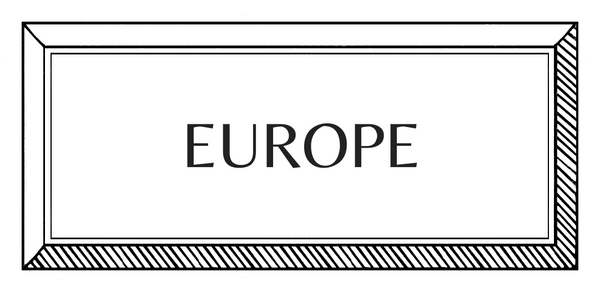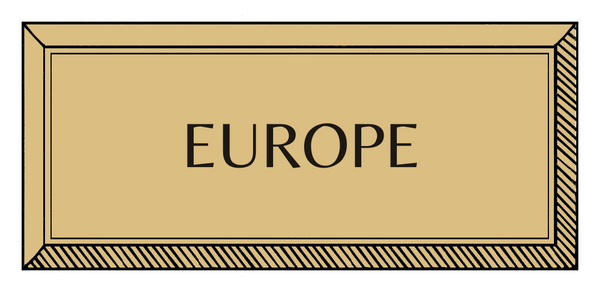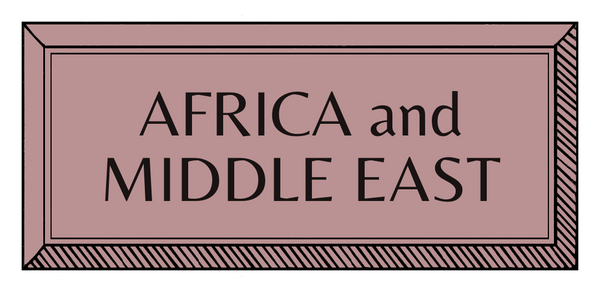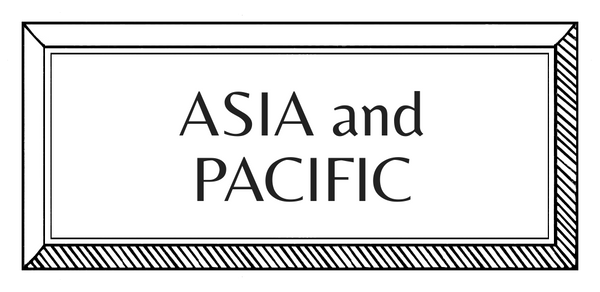MAKERS | EUROPE | THE NETHERLANDS | GLASSWARE
Bernard Heesen | Glass Blower

Emma Becque talks to master glassblower, Bernard Heesen, about the secret techniques he learnt from his father and the performative, collaborative art of glassblowing - which he practises daily at his atelier in Leerdam, the Dutch 'city of glass'.
How did you begin?
“It was a fortuitous journey. My path into glassblowing began thanks to a family happenstance after I studied architecture at Delft University between 1977 and 1984. Instead of constructing buildings, my eye was destined for glass towers. My father, Willem Heesen, worked locally as a designer at a glass factory during the 1950s. During his nine-to-five, he took an entrepreneurial stance.
"He wanted to learn the practice of glassblowing rather than just drawing the designs and watching others create them. This was very unusual at the time as the practical labor workers never worked collaboratively with the designers. During this time, the American Studio Glass Movement (1965) was conceived - a shift which transformed glassmaking from industrial to fluid artist-driven sculptures fueled by a new, accessible furnace technology.”
How did you learn?
“When I was young, my father took a chance and set up this furnace technology here at De Oude Horn, where I practice today, leaving the stability of his job. Like all entrepreneurial ventures, the studio did not take off initially. Eventually, when all the other workers left, my brother, my mother and I learned the art of glassblowing and kept the atelier alive.
"So, my father taught me, and I garnered inspiration from 17th and 19th-century encyclopedias. I got lost in the fluidity of glass and felt an instinctual connection with the art, leaving behind my architectural aspirations."

How do you plan, prepare and create?
“To this day, I work abstractly. I create something before my eyes and welcome the serendipitous interplay of chance in molding the form and character of my creations. Glassblowing is a performance, but my greatest creations come from collaborations. My father taught me the secret Dutch formula, which my fellow artisans in the studio know. This is how we create our elaborate glass sculptures.”
Who or what most influences your work?
“My father, Willem Heesen, inspires me, as do the young artisans I teach, and my library of French encyclopedias depicting 17th-19th-century decor. Here, I take most of my inspiration from memory and then create my pieces.”
What does a typical day look like?
“Unlike the clean-cut showrooms, De Oude Horn is a raw, inherited space. It is set in the Dutch countryside of Leerdam (the capital of glass) and filled with colored glass created over the years. We listen to jazz via the radio, drink our coffee and sometimes do our administrative work. The space can get cold but also extremely hot. Our small resident studio dog is permanently curled up by the furnace where I teach young artisans the secret formula of my father's work.”
One more thing... An object you’ll never part with?
The framed photo of my father with his fellow artisans during the 1970s is a constant reminder that anything is possible and that it is essential to experiment and take chances to create magic.

Interview by Emma Becque
Images from Isabel Bronts











